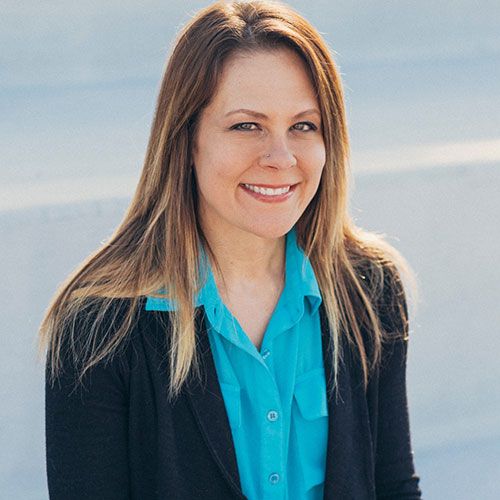Err on the early side. The results don’t mean you have to have your biggest meal at lunch instead of dinner (though it’s an option if you’d like to try it), Garaulet says. However, they do suggest there’s a benefit to consuming calories on the early side of the typical range. Since American dinner tends to fall between 6 and 10 pm, try scheduling supper before 8, she recommends.Use a satiety scale. Regularly rank your hunger from one to 10, where one means you’re famished and 10 stands for overstuffed. Eat when you reach three (you’re grumbly but not yet weak or irritable). When you reach seven—comfortably full—put down your fork, Pace says. This prevents you from becoming too hungry and then binging to compensate (as well as from overeating).Keep a food journal, complete with times. Logging when and not just what you eat will help you spot unhealthy patterns, such as skipping breakfast and pigging out in the evening, Pace notes. You’ll probably notice that if you don’t eat regularly—every three to six hours or so—you’re prone to overdo it afterward. (In fact, writing down what you eat is one of our 15 Small Changes for Big Weight-Loss Results.)Plan ahead. Once you’ve used a journal to pinpoint the hours you’re typically hungriest, aim to have access to healthy meals at those times. Choose foods high in protein and fiber, Coleman says: “You’ll feel fuller for longer.”
More From Prevention: 1-Minute Weight-Loss Secrets
